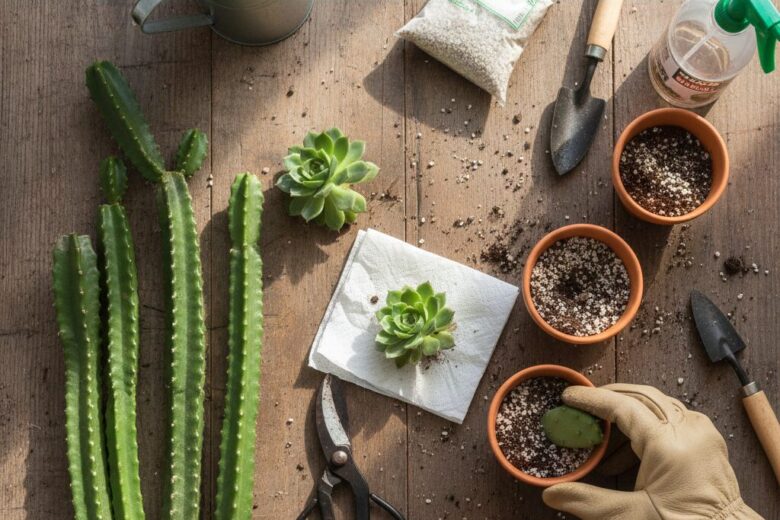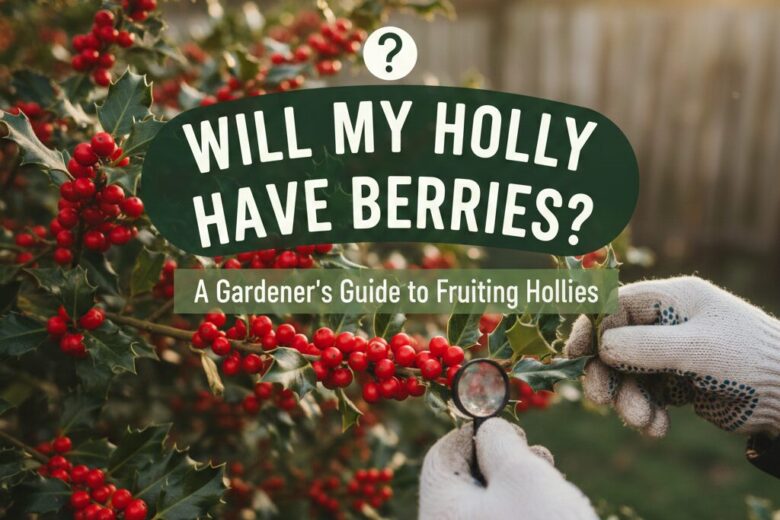Pepper plants, whether they are bell peppers, jalapeños, or any other variety, are a staple in many gardens due to their vibrant fruits and culinary versatility. However, one common issue that many gardeners face is the yellowing of pepper leaves. This problem can be perplexing and frustrating, especially when you’ve invested time and effort into nurturing your plants. Yellow leaves can indicate a range of problems, from nutrient deficiencies to pest infestations, and it’s essential to identify the cause to provide the correct remedy.
Understanding why your pepper leaves are turning yellow is crucial for maintaining plant health and ensuring a bountiful harvest. Various factors can contribute to this issue, and each requires a different approach to resolve. In this comprehensive guide, we will explore the top reasons why pepper leaves may turn yellow and provide effective solutions to address each issue. Whether you are a novice gardener or an experienced farmer, this information will help you keep your pepper plants healthy and productive.
Why Are My Pepper Leaves Turning Yellow? The Solutions You Need to Know
In the following sections, we will delve into the specific causes of yellowing pepper leaves, discussing each in detail. We will also provide actionable solutions to help you rectify the problem and prevent it from recurring.
By the end of this guide, you will have a thorough understanding of the various factors that can cause yellow leaves and the steps you can take to ensure your pepper plants thrive.
Common Causes of Yellowing Pepper Leaves
1. Nutrient Deficiencies
One of the most common reasons for yellowing leaves in pepper plants is a deficiency in essential nutrients. Nitrogen, iron, and magnesium are crucial for the healthy growth of pepper plants. A lack of these nutrients can lead to chlorosis, a condition where leaves turn yellow due to insufficient chlorophyll.
- Nitrogen Deficiency: Nitrogen is vital for the growth of leaves and stems. When pepper plants lack nitrogen, older leaves often turn yellow first. This deficiency can be corrected by applying a balanced fertilizer or a nitrogen-rich amendment like composted manure.
- Iron Deficiency: Iron deficiency typically causes yellowing between the veins of young leaves, a condition known as interveinal chlorosis. To address this, use an iron chelate supplement or amend the soil with iron sulfate.
- Magnesium Deficiency: Magnesium is a component of chlorophyll, and its deficiency causes yellowing between the veins of older leaves. Epsom salt (magnesium sulfate) can be used to correct magnesium deficiency.
Read Also:
2. Overwatering and Poor Drainage
Overwatering is another prevalent cause of yellow leaves in pepper plants. When the soil remains waterlogged, the roots cannot get the oxygen they need, leading to root rot and other issues.
- Symptoms: Yellow leaves, wilted appearance, and soggy soil are common signs of overwatering.
- Solutions: Ensure that your pepper plants are in well-draining soil. Water the plants only when the top inch of soil is dry. Using raised beds or containers with proper drainage holes can also help prevent overwatering.
3. Pests and Diseases
Pests and diseases can wreak havoc on pepper plants, causing leaves to turn yellow and potentially leading to plant death if not addressed promptly.
- Aphids: These tiny insects suck sap from the leaves, causing them to yellow and curl. Insecticidal soap or neem oil can be effective in controlling aphid populations.
- Spider Mites: These pests cause stippling and yellowing of leaves. They can be managed with insecticidal soap or by introducing natural predators like ladybugs.
- Fungal Infections: Diseases such as Verticillium wilt and Fusarium wilt cause yellowing and wilting of leaves. Fungicides and crop rotation can help manage these diseases.
4. Environmental Stress
Environmental factors such as temperature fluctuations, excessive sunlight, and wind can stress pepper plants, leading to yellow leaves.
- Temperature Stress: Peppers are sensitive to temperature extremes. Cold temperatures can cause leaves to yellow and drop. Ensure your plants are protected from frost and extreme cold by using row covers or moving potted plants indoors during cold spells.
- Sunlight: While peppers need plenty of sunlight, too much direct sunlight, especially during peak hours, can cause sunscald and yellowing of leaves. Providing some afternoon shade can protect the plants.
- Wind: Strong winds can damage leaves and cause them to yellow. Using windbreaks or planting in sheltered areas can help mitigate this issue.
Other Areas That Relate to This Topic
Soil pH and Nutrient Availability
The pH level of your soil can significantly impact the availability of nutrients to your pepper plants. Peppers prefer slightly acidic to neutral soil (pH 6.0-7.0). If the soil is too acidic or too alkaline, nutrients become less available, leading to deficiencies.
- Testing Soil pH: Use a soil pH test kit to determine the pH of your soil. If the pH is not within the ideal range, amendments can be added to adjust it. Lime can be used to raise the pH, while sulfur can be used to lower it.
- Maintaining Balanced pH: Regularly test the soil pH and amend it as necessary to maintain optimal growing conditions for your pepper plants.
Fertilization Practices
Proper fertilization is key to preventing nutrient deficiencies and promoting healthy growth. However, both under-fertilization and over-fertilization can cause issues, including yellowing leaves.
- Balanced Fertilizer: Use a balanced fertilizer that provides essential nutrients in the correct ratios. Follow the manufacturer’s instructions for application rates.
- Organic Fertilizers: Organic options such as compost, fish emulsion, and seaweed extract can provide nutrients while improving soil health.
- Avoiding Over-Fertilization: Too much fertilizer can cause salt buildup in the soil, leading to root damage and yellowing leaves. It’s important to apply fertilizers judiciously.
Proper Watering Techniques
Consistent and appropriate watering is crucial for the health of your pepper plants. Both overwatering and underwatering can cause yellow leaves and other problems.
- Watering Schedule: Water your pepper plants deeply and less frequently rather than shallow watering more often. This encourages deep root growth.
- Mulching: Apply mulch around the base of the plants to retain moisture, regulate soil temperature, and reduce weed growth.
- Drip Irrigation: Using drip irrigation systems can help deliver water directly to the roots, minimizing water waste and reducing the risk of overwatering.
Companion Planting and Crop Rotation
Companion planting and crop rotation are essential practices in maintaining a healthy garden ecosystem and preventing pest and disease problems.
- Companion Plants: Certain plants can enhance the growth of peppers and deter pests. For example, planting basil and marigold near peppers can repel aphids and other pests.
- Crop Rotation: Avoid planting peppers in the same location year after year. Rotate crops to prevent soil-borne diseases and nutrient depletion.
Conclusion
Yellow leaves on pepper plants can be a sign of various issues, from nutrient deficiencies and overwatering to pests and environmental stress. By understanding the underlying causes and implementing the appropriate solutions, you can ensure the health and productivity of your pepper plants.
Regularly monitor your plants for signs of distress and take prompt action to address any issues. Proper care, including balanced fertilization, adequate watering, and pest management, will help you maintain vibrant, healthy pepper plants. Additionally, implementing best practices such as soil testing, companion planting, and crop rotation will contribute to a thriving garden ecosystem.
By following the advice and solutions provided in this guide, you can enjoy a bountiful harvest of peppers and avoid the frustration of yellowing leaves. Happy gardening!
FAQs
1. Why are my pepper leaves turning yellow?
Yellow leaves on pepper plants can be caused by various factors, including nutrient deficiencies, overwatering, pests, diseases, environmental stress, and soil pH imbalances.
2. How can I prevent nutrient deficiencies in pepper plants?
To prevent nutrient deficiencies, regularly test your soil and amend it with a balanced fertilizer or organic matter. Ensure that the soil pH is within the optimal range for pepper plants.
3. What is the best way to water pepper plants?
Water pepper plants deeply and less frequently, allowing the soil to dry out slightly between waterings. Use mulch to retain moisture and consider using drip irrigation for efficient water delivery.
4. How can I protect my pepper plants from pests?
Use insecticidal soap, neem oil, or introduce natural predators like ladybugs to control pests such as aphids and spider mites. Implement companion planting with pest-repelling plants like basil and marigold.
5. What should I do if my pepper plants are affected by fungal diseases?
To manage fungal diseases, use fungicides and practice crop rotation. Ensure good air circulation around the plants and avoid overwatering to prevent the spread of fungal infections.
6. How do I adjust the soil pH for pepper plants?
Test your soil pH and use lime to raise the pH or sulfur to lower it. Regularly monitor the soil pH and make adjustments as necessary to maintain optimal growing conditions for peppers.
7. Can environmental stress cause yellow leaves on pepper plants?
Yes, environmental stress such as temperature fluctuations, excessive sunlight, and strong winds can cause yellow leaves. Protect your plants from extreme conditions and provide appropriate shelter and shading.



